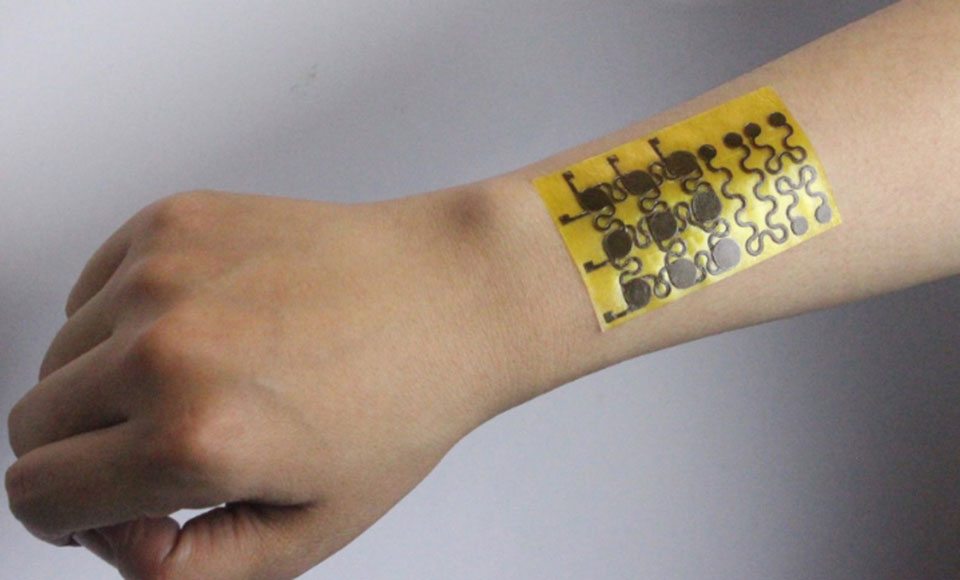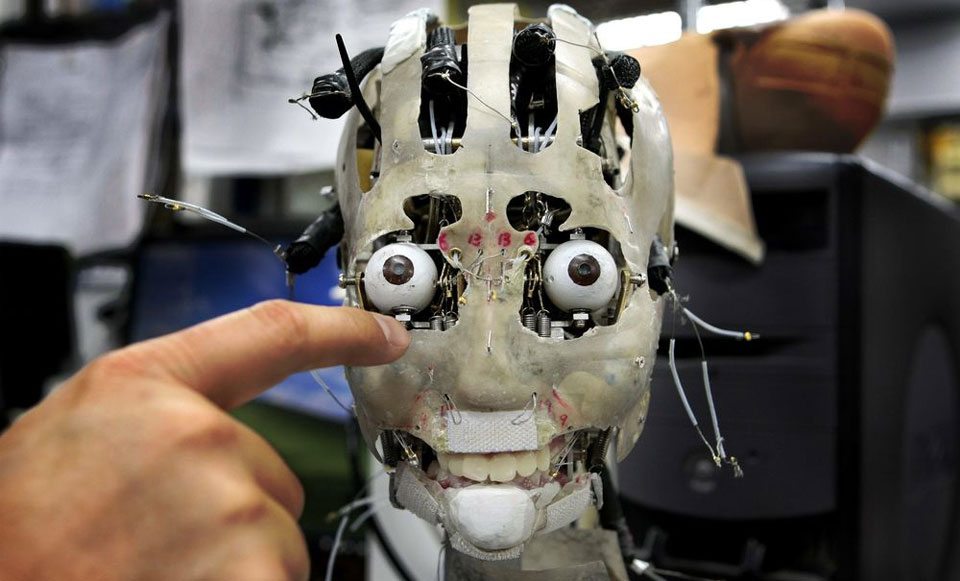
Scientists hellbent on bringing forth our robot overlords are at it again.
This time it’s the Researchers at the University of Colorado Boulder who have created a new electronic skin which can mimic the functions and behaviour of real human skin.
Whilst its use is aimed at giving prosthetics the ability to provide sensory feedback to their users, the device has also been touted for use in robots. More specifically, the e-skin will allow robots to feel human sensations by a single touch alone.
An example is the ability to detect a fever on a human by touching them with the e-skin wrapped around a robotic finger.
“Let’s say you wanted a robot to take care of a baby,” said Jianliang Xiao, an assistant professor at the university’s Department of Mechanical Engineering who heads the research.
“In that case, you would integrate e-skin on the robot fingers that can feel the pressure of the baby. The idea is to try and mimic biological skin with e-skin that has desired functions.”
The broad range of applications of e-skin can also extend beyond that with built-in sensors that can measure humidity and air flow alongside the aforementioned temperature and pressure.
Another property that it will take from human skin is the self-healing aspect. E-skin is made from a polymer base called polyimine, a material which possesses both strength and electrical conductivity.
Xiao tells Dezeen that this material composition is key to allowing e-skin to self-heal.
“What is unique here is that the chemical bonding of polyimine we use allows the e-skin to be both self-healing and fully recyclable at room temperature.”
“Given the millions of tons of electronic waste generated worldwide every year, the recyclability of our e-skin makes good economic and environmental sense.”
Recycling the skin to be used elsewhere is a rather straight-forward case which involves soaking the material in a solution that breaks the polymers down into small molecules and nanoparticles.
This broken down solution can then be used to create new e-skin in various shapes and sizes since it’s completely malleable – in other words the material can wrap around complex and curved surfaces – like real skin.
Haven’t we seen this movie before? Nonetheless, Boston Dynamic’s latest robo dog could do with some skin just to make it a bit more lifelike for when it decides to take revenge.
